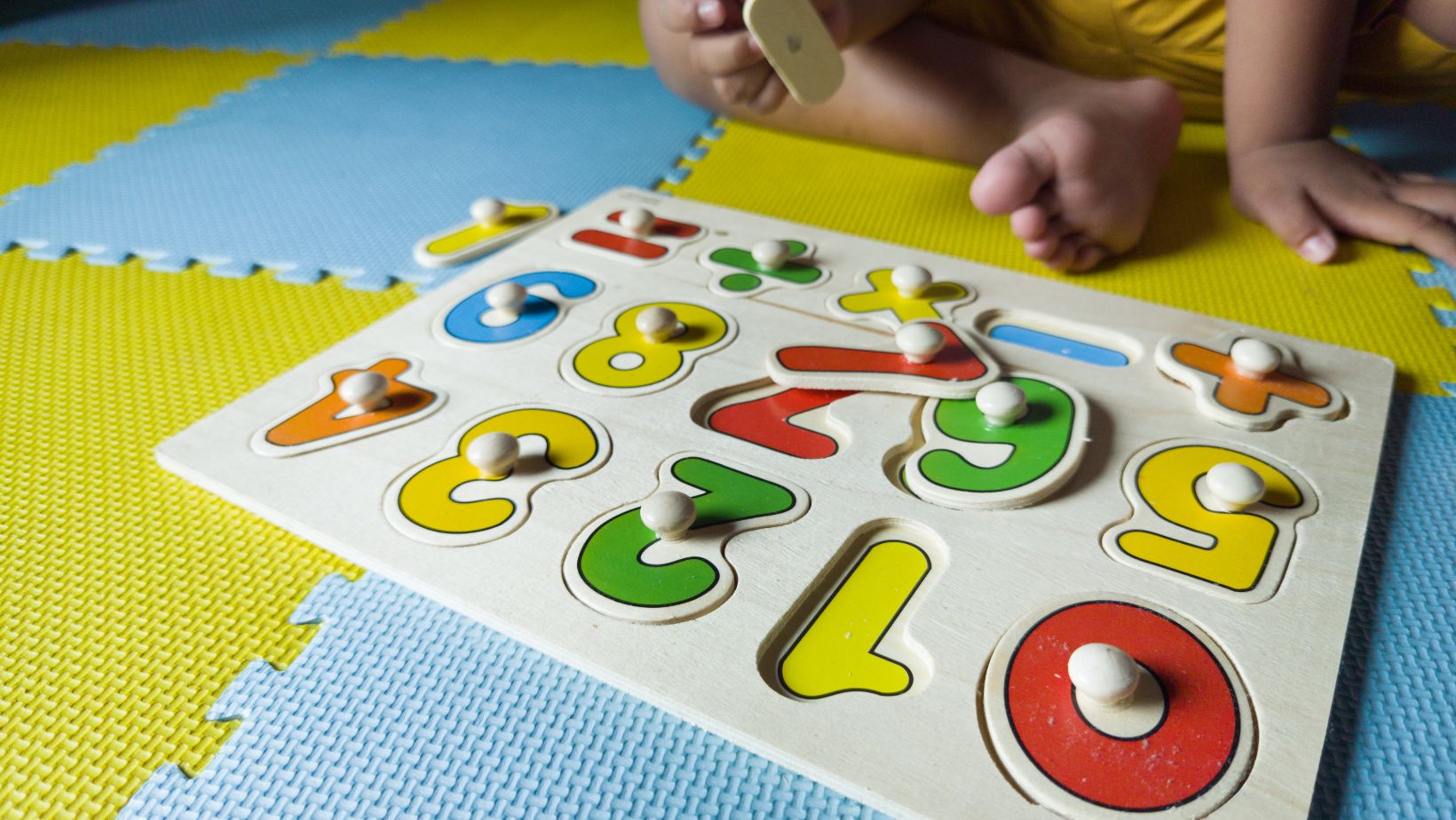Monet-Inspired Kids’ Rooms: Playful & Educational Decor

Designing a child’s room is an exciting opportunity to create a space that is both playful and educational. One unique and inspiring approach is to draw upon the beautiful and serene themes of Claude Monet’s garden paintings. By incorporating elements from Monet’s “Irises in Monet’s Garden,” you can transform a simple bedroom into a vibrant, imaginative, and calming environment that encourages learning and creativity. Here’s how to achieve this artistic transformation.
1. Choosing the Right Color Palette
Monet’s garden paintings are renowned for their lush, vibrant colors. To emulate this in a child’s room, begin with a color palette inspired by “Irises in Monet’s Garden.” Think of soft greens, blues, purples, and pinks that reflect the natural hues found in his artwork. Use these colors on the walls, furniture, and decor items. Soft, pastel shades can create a calming atmosphere, while brighter accents can add energy and excitement.
2. Wall Murals and Art
A focal point of the room could be a wall mural depicting Monet’s garden. You can hire a professional muralist or use removable wall decals that feature elements from “Irises in Monet’s Garden.” Alternatively, framed prints of Monet’s paintings can be strategically placed around the room to add visual interest and a touch of sophistication. These art pieces not only beautify the space but also serve as an educational tool, introducing children to the world of classic art from a young age.
3. Nature-Inspired Furniture and Decor
Incorporate furniture and decor that reflect the organic shapes and natural elements found in Monet’s paintings. Consider beds and bookshelves made from natural wood, leafy green rugs, and floral-patterned bedding. Accessories like butterfly or dragonfly mobiles, floral cushions, and garden-themed lamps can enhance the garden feel. Opt for furniture with soft, curved lines rather than harsh, angular pieces to maintain a gentle, whimsical atmosphere.
4. Educational Elements
To make the room educational, integrate learning tools that complement the garden theme. For example, a nature-themed bookshelf filled with books about plants, flowers, and famous artists can encourage a love for reading and nature.

A chalkboard wall or an art easel can provide a space for children to create their own masterpieces, inspired by Monet’s style. Additionally, placing labels on plants or a small indoor garden can teach children about different species and the basics of botany.
5. Sensory Experiences
Monet’s garden themes can also be used to create sensory experiences. Include soft, tactile fabrics for cushions and blankets to provide comfort and security. A small water feature or a white noise machine that mimics the sounds of a garden can create a soothing auditory environment. These sensory elements can help children relax, focus, and feel more connected to nature.
6. Interactive Spaces
Create interactive spaces within the room that encourage play and creativity. A craft corner with supplies for painting, drawing, and crafting can be a nod to Monet’s artistic pursuits. An area with puzzles and games featuring garden themes can enhance cognitive development. Interactive wall charts or growth charts with garden motifs can track a child’s growth and development in a fun and engaging way.
7. Bringing the Outdoors In
If possible, incorporate real plants into the room to enhance the garden theme. Choose child-friendly, low-maintenance plants such as spider plants, pothos, or succulents. These plants can teach children about responsibility and the basics of plant care. Additionally, they improve air quality and add a touch of nature to the indoor space.
8. Seasonal Changes
Monet’s work often captures the changing seasons, and you can reflect this in the room’s decor. Rotate bedding, curtains, and accessories to match the seasons. For example, use light, airy fabrics and floral patterns in the spring and summer, and cozier, warmer textures and colors in the fall and winter.

This not only keeps the room feeling fresh and dynamic but also teaches children about the changing seasons and the natural world.
9. Personalized Touches
Make the space uniquely theirs by incorporating personalized touches. Use the child’s name in decorative letters, create a gallery of their artwork alongside Monet prints, or involve them in DIY projects to make custom decor items. These personal elements make the room feel special and tailored to their interests and creativity.
10. Incorporating Technology
Use technology to enhance the educational aspect of the room. Interactive tablets or devices can feature apps and games related to art and nature. Virtual tours of Monet’s gardens or educational videos about his life and work can provide a deeper understanding and appreciation of his art.
Conclusion
Designing a child’s room inspired by Monet’s “Irises in Monet’s Garden” combines beauty, creativity, and education in a harmonious way. By carefully selecting colors, decor, and educational elements, you can create a space that not only delights the senses but also fosters a love for art and nature. This thoughtful approach to interior design ensures that the room is not only a place for rest but also a sanctuary of learning and inspiration.

 What Are the Costs Involved in Installing and Maintaining a Commercial AV System?
What Are the Costs Involved in Installing and Maintaining a Commercial AV System?  Stump Grinding: The Ultimate Guide to a Clean and Safe Garden
Stump Grinding: The Ultimate Guide to a Clean and Safe Garden  Famety YouTube Services: Views, Subscribers & Likes
Famety YouTube Services: Views, Subscribers & Likes